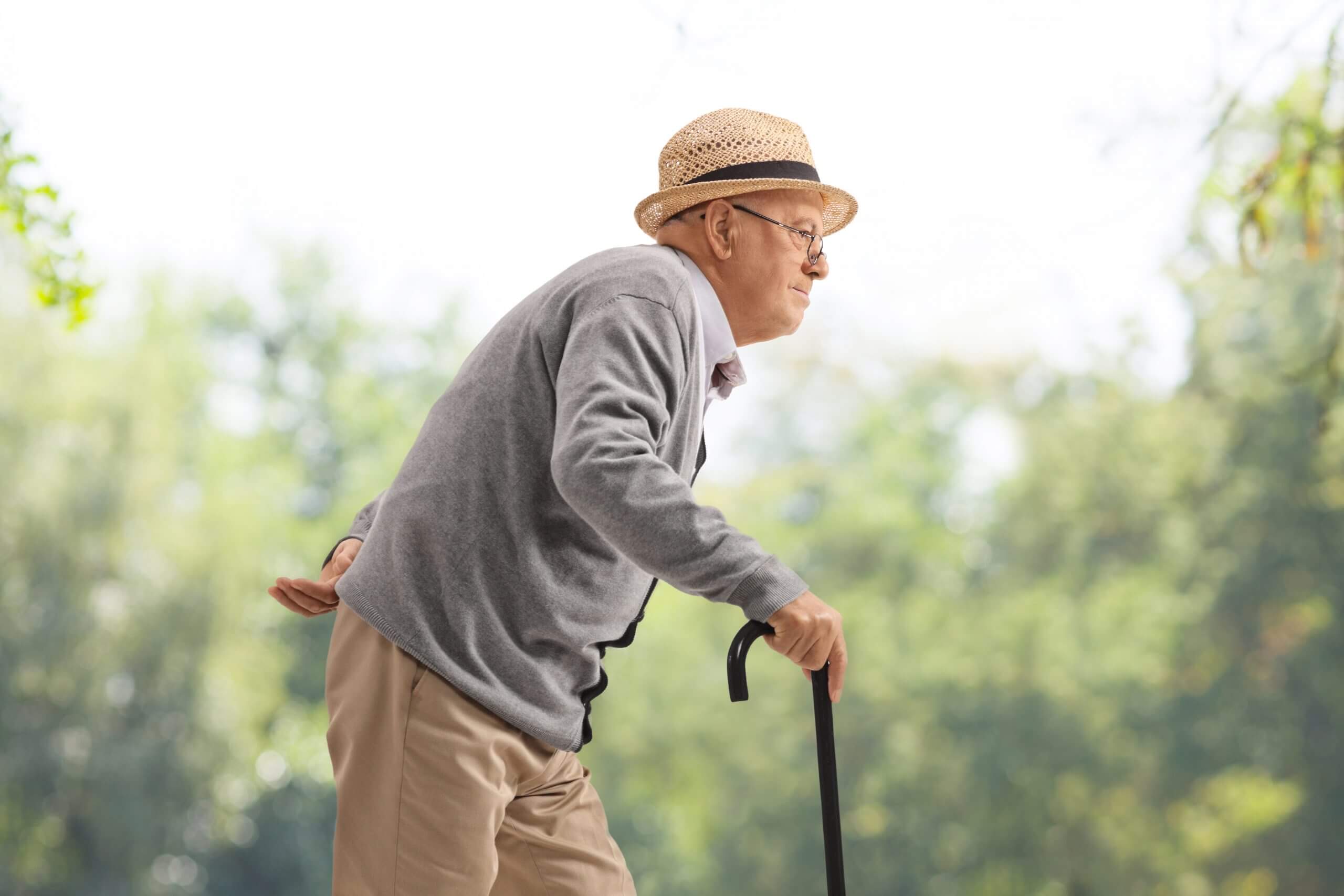You may notice that some people lock their knees, step asymmetrically, or lean either forward, backward or to the side when walking. These gait patterns are common throughout the population and they can give insight into underlying deficits that may make daily activities more difficult. This article will review a few of the more common gait deviations and their associated deficits.
Lateral Lean
This pattern is observed during the loading and stance phase of gait. As someone shifts their weight onto their leg, they will lean to the side over that leg. This is typically more prominent on one side. This pattern indicates the likelihood of weakness of the abductors in that leg. The gluteus medius, in addition to other muscles in the hip, help to perform abduction or lifting of the leg out to the side . These muscles are engaged during the stance phase of gait and help to maintain a level pelvis. If they are weak, it is possible to see dropping of the hip to one side or leaning of the trunk over the weak leg to compensate for the weakness.
Foot Drop
In a normal gait pattern, contact is initially made with the heel and the weight is gradually shifted into the forefoot. For some, as the heel makes contact with the ground, the forefoot drops to the floor in an uncontrolled manner that is sometimes referred to as foot drop or foot slap. It is expected that those with this gait deviation will demonstrate weakness in the muscles that perform dorsiflexion of the foot. These dorsiflexors are located around the shin and work to pull the top of the foot upward. During gait, these muscles must be strong enough to lengthen in a controlled manner to slowly lower the forefoot. Deficits in these muscles largely contribute to dropping or slapping of the foot during gait.
Knee Hyperextension
Some people walk in such a way that, as they transition to the stance phase of gait, they hyperextend the knee and lock it out. This is common in those who have quadriceps weakness or pain. The quadriceps are responsible for extending the knee when they contract and controlling flexion of the knee when they lengthen while supporting a load. If weakness is present in the quadriceps, they will be unable to accept the load as a person transitions from weight-bearing on one leg to weight-bearing on the other. To prevent any instance of buckling and to maintain stability at the knee, a position of hyperextension is used to rely on the bony structure and supporting ligaments of the knee as a compensatory mechanism. This can often be observed in combination with forward trunk lean and changes in pelvis position to further compensate for the dysfunction of the quadriceps.
How To Improve Your Gait
Improving your ability to tolerate walking without an assistive device or without compensatory mechanisms starts with identifying the problem. This can be a combination of weakness, muscle activation difficulty, flexibility limitations and range of motion impairments. A physical therapist is uniquely qualified to analyze your gait pattern and assess your overall function to identify deficits specific to your presentation. Many factors that contribute to gait deviations can be improved through targeted exercises and other therapeutic interventions.
If you have difficulty walking unassisted or for longer durations, physical therapy can help to improve this. Call Respire Physical Therapy today at 703-671-1871 or click here to schedule an evaluation with a Physical Therapist today and maximize your walking abilities!
Tags: prevent falls, Fall Risk, foot drop, Fall Prevention, lateral lean, choosept, improve your gait, arlingtonva, alexandriava, fallschurchva, ptworks, Physical Therapy, knee hyperextension, Respire Physical Therapy, gait training, physical therapist, balance training



